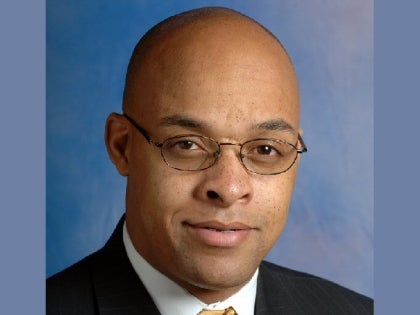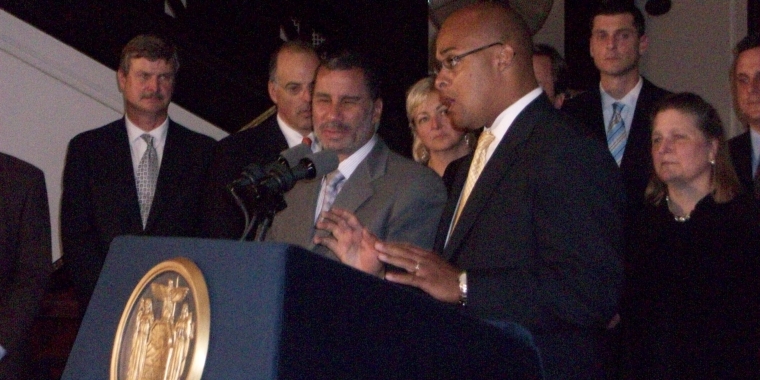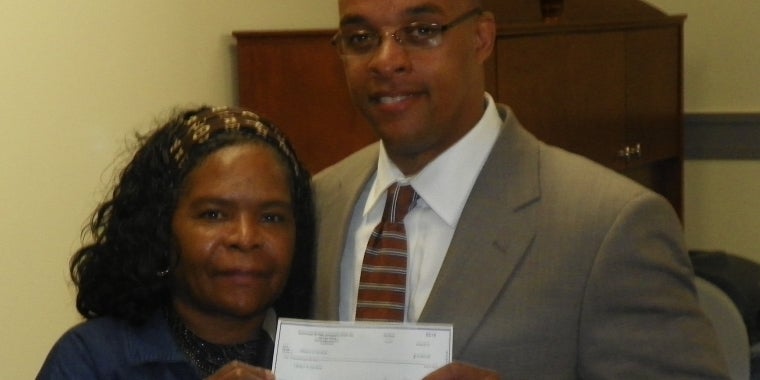
Historic Rehabilitation Tax Credit Brings Redevelopment & Jobs To WNY.
Antoine M Thompson
August 3, 2009

For Immediate Release
Contact: Heather Zeisz | zeisz@senate.state.ny.us | 716.854.8705
Buffalo, NY - Historic buildings throughout the community that have fallen into disrepair have a new lease on life today after legislation advocated by Senator Thompson (D- Parts of Erie & Niagara Counties) was signed into law by Governor David Paterson.
The Senate’s Historic Rehabilitation Tax Credit (S6056) establishes a nationally competitive rehabilitation and preservation program that will benefit property owners and communities who seek to renovate run down and dilapidated buildings.
The program is designed to attract new investment, businesses, and jobs at a time when state legislators are working to get our economy back on track. The legislation increases the value of tax credits available to developers and investors for residential and commercial properties with funds targeted to “distressed” areas.
"The Historic Rehabilitation Tax Credit will greatly benefit Western New York and I'm proud to be a co-sponsor of the bill," said Senator Thompson. "This tax credit will not only rehabilitate Western New York's historic properties, it will also create jobs and stimulate the economy."
This legislation gives New York State one of the most productive and cost-effective redevelopment programs in the country. The program:
· Raises the value of the tax credit from $100,000 to $5 million on commercial property; the residential credit value will increase from $25,000 to $50,000.
· Targets “distressed” areas, which is defined as being located within a Census tract identified at or below one hundred percent of the median family income.
· Increases the percentage of rehabilitation costs which can be claimed for the credit, from 6-percent to 20-percent.
· Allows tax credits to be transferred, making it easier to attract investors and out-of-state financing for in-state rehabilitation projects.
The senator noted that virtually every community across the state is home to a number of historic buildings that are currently vacant, underutilized, and deteriorating. Right here in Buffalo, there are a number of buildings that could be renovated or restored because of this program.
